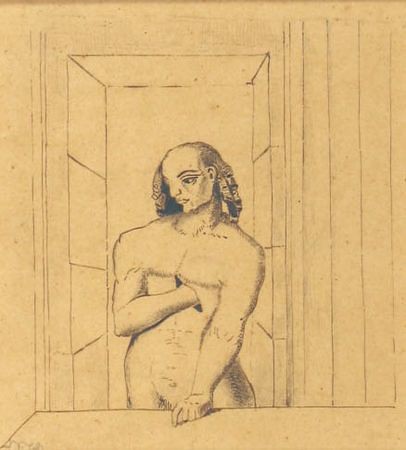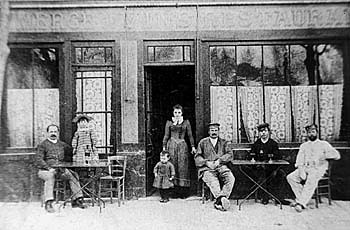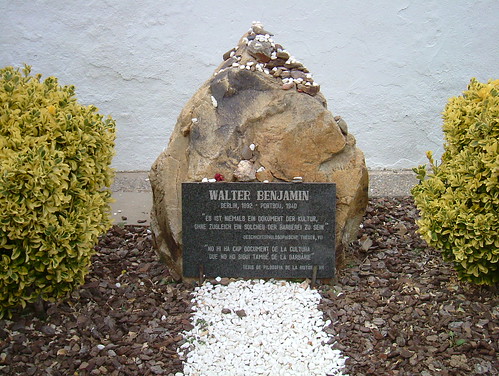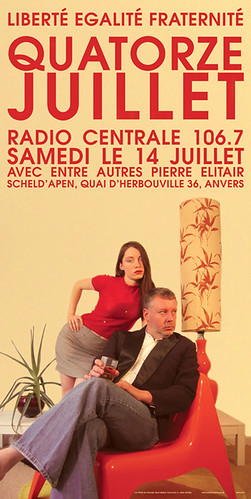What I Want by Fireball
Just got back from Le Crotoy where the clip above was a summer hit.
I spent two weeks with my children at Le Crotoy, a coastal village in northern France where Joan of Arc was captured before her execution. We had a wonderful time. I caught up on some reading and finished Georges Wolinski‘s Open Letter to My Wife, Being There by Jerzy Kosiński, Theodore Roszak‘s Flicker (extremely boring novel with interesting bits on the American reception of French theory, the love of films and the Cathars), Kronhausen‘s Pornography and the law: The psychology of erotic realism and pornography (no mention of Sade in a work on obscenity?, interesting texts by Poggio‘s Facetiae (placing him on a par with Aretino and Rabelais)). Also stories by de Maupassant (Le Horla, Tellier and Chevelure), and the exquisite Exquisite Corpse by Robert Irwin (a tale of amour fou reminiscent of Before She Met Me by Julian Barnes). I also managed to skim most of Louis Paul Boon’s historical masterpiece Het Geuzenboek (see Fugger bankers family, the Münster Rebellion).
The girls and me watched Maybe Baby, a comic dramatization of a writer’s own life (and the after-effects when his wife finds out) and the first two and a half episodes of Sex and the City, which was somewhat of an enigma to me (Aids not mentioned until episode 3?) because it was both trite and addictive. I sympathized with Mr. Big, at times loathed Carrie, loved Samantha and Miranda and had a crush on Charlotte.
I bought the 2007 sex special issue of Les Inrockuptibles and found La Beauté du Diable by Roland Villeneuve at the local market.
While I was away, Woebot did a Cutting Records thing, Esotika wrote on Hour of the Wolf by Bergman and Lee Hazlewood and Tony Wilson had died. And I was flattered to find that Simon Reynolds had linked to my blog.




